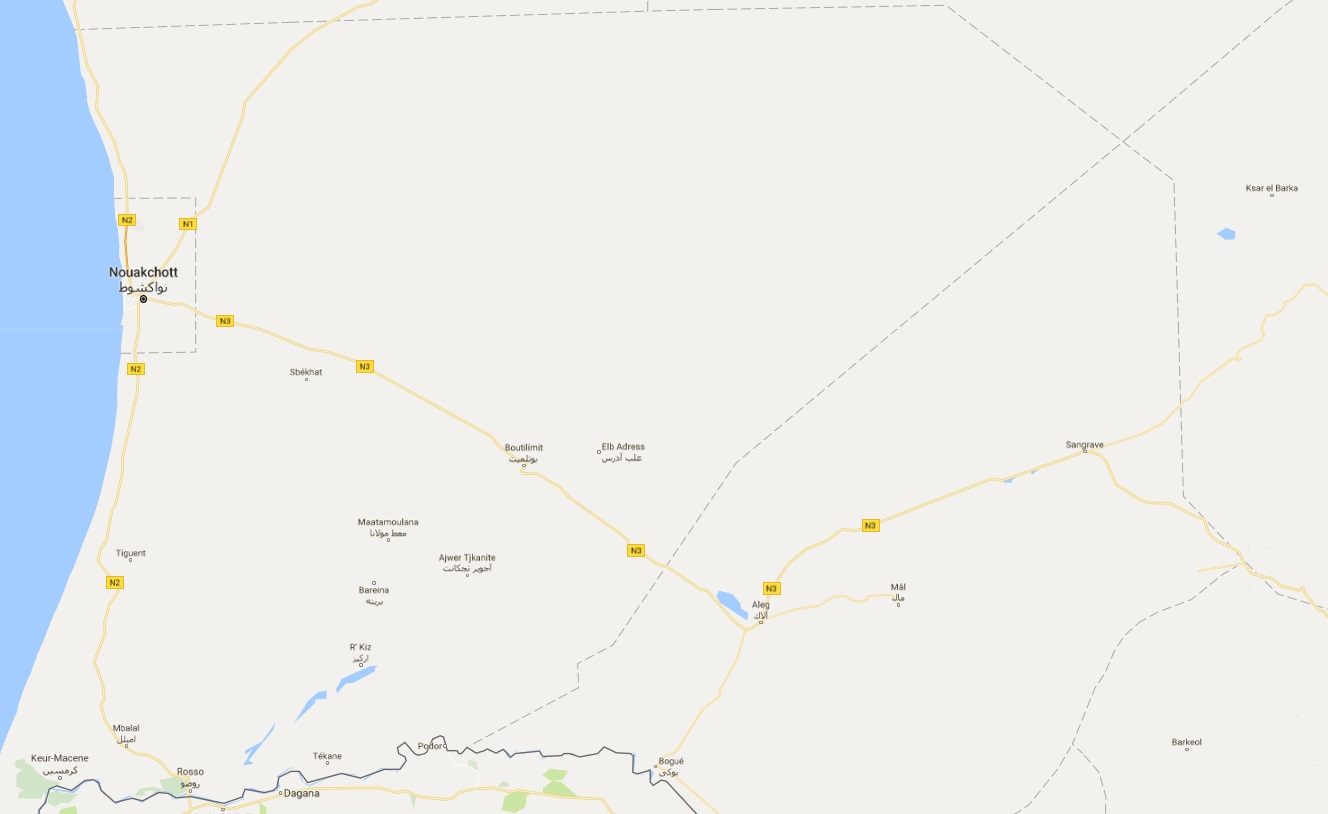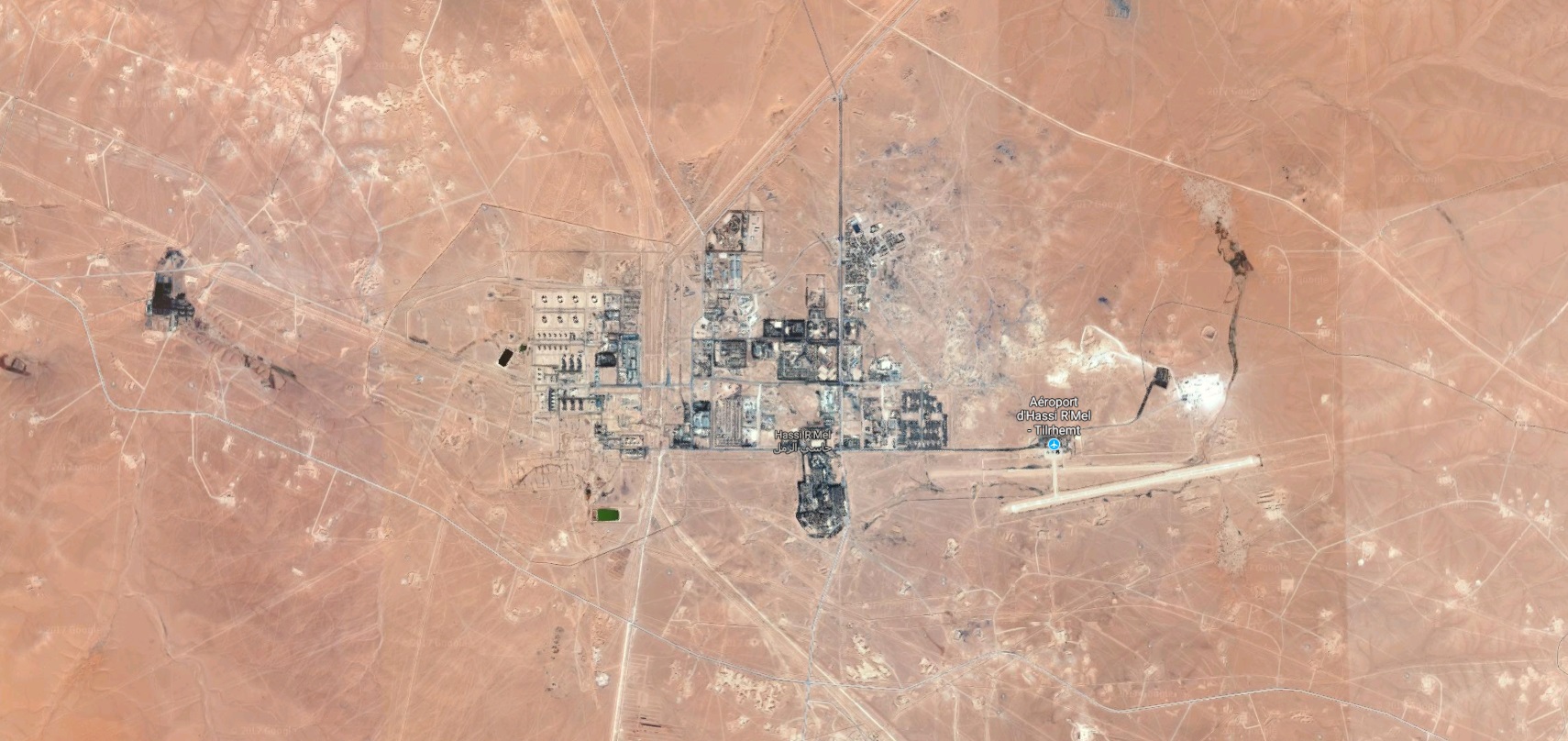We are working on a plan to green the deserts. It comprises of two parts : Water making and tree planting. Of course to do that you need some kind of infrastructure. We think we know what that can consist of : Yellow Brick Roads.

We don’t understand why deserts are not green. It seems to be mainly because not enough moisture is carried to them through the air, but also because the sand blowing around covers vegetation. Desertification can be fought by planting trees and plants that hold the sand together. We want to do that and more : Plant trees and plants in a high density, so they become accumulators of water and life themselves.
Plant dense forests, not ones that are wide spread and vulnerable, shade must be everywhere, and the thing will be a water sponge
To do that we would like to spike the desert with water. It’s not that difficult if you have fresh water and roads, like in many places. The winds will then carry the water (which you are wiser to use to micro irrigate desert hardy plants) around and sometimes off the continent. The road from Nouackchott runs well eastward, into the dry hot continent of Africa. Nothing grows there, the land is shaped by the prevailing winds that move westward. If only there was a source of moisture in the winds path, this would carry it over land towards the coast, giving a better chance to all life in between.

Long pipes and roads lead to the middle of the desert of Algiers
Algeria has immens pipe works, seemingly to export gas right from its immense hot dry heart. Why is there gas there? Because thousands of years ago the desert was green and swamps trapped gas which became covered by sand..What seems like a 4 lane highway is actually a 4 pipe connection over hundreds of miles to the coast. We could use only one of them to feed water the other way, and it would not have to be fresh water either. Salt water would corrode the pipes (preventable by putting a voltage between the water and the metal using solar), but it would evaporate soon enough and form coulds cooling the land, causing rain at night (when the desert cools considerably). Clouds are strong reflectors of solar radiation. They also absorb infra red, which they will carry up and radiate back there.
A coastal desalination plant (not RO but solar ionic f.i.) can fill carrier after carrier, which then drive unmanned solar electrically into the middle of the desert to irrigate trees, creating a patchwork of oasis.
The road into the desert may not exist everywhere, but we can use the sand, melt it into bricks or beams, and create roadways explicitly meant to be used to transport water carriers and maintenance bots. Pipes made of solar molten sand mean you don’t have to invest in logistics, sourcing the materials. You do need to invest in robotics, in automated and perhaps mobile systems to melt glass using either solar thermal or PV energy. The good thing is you can do it in parallel so your progress can be much quicker. With new internets (three sat constellations are in the works) everywhere it will be easy to control them.
The yellow bricks can be made with molten sand
We might as well start in places where it is hottest, and we might as well try to create clouds even if we don’t create biomass. Cooling is the name of the game. We have not done the math, but think cooling around the equator could offset warming around the poles? Especially ocean warming, which can’t be that serious around the poles but is strong around the equator. Clouds, made for instance by dispersing water into the air using wind turbines (Just wind driven pumps, not containing the whole electric system) can cool the atmosphere considerably. A cloud making apparatus can be very inexpensive, be made at some remote coast, from f.i. glass fiber, in large automate factories. We are lucky that AI is getting stronger, and we can expect machines building entire factories autonomously at some point.
Roads made of glass made of desert sand can be formed to transport water and maintanance bots
Global heat accumulation is a problem, and we can’t fix it as effectively if we allow warming to continue, because of outgassing from the oceans and plants suffering. Acidification being a direct result of CO2 in the atmosphere is another great problem, because removing CO2 will be like removing ink from a swimming pool, dropping it in is easy, but the mulecules disperse so it becomes hard to get hold of them.
Parts of the Middle East and Africa may become uninhabitable
unless you do something!
We want the yellow brick roads, glass melting factories and robotic irrigation systems to be build, and it won’t be economic to do so, it will have to be extraeconomic, which is when resources are added to the total reserves without the economy having access to them. That is the opposite of clear cutting rainforrest or depleting soil carbon by planting palm oil trees. Extraeconomics exists to sustain its own process, our of sight from the wider public.
Sadly we expect this to take decades to become real, we will be working on it though.